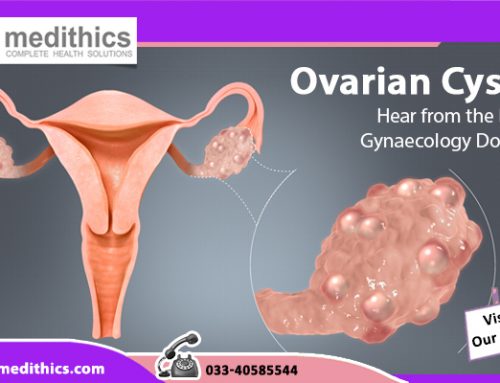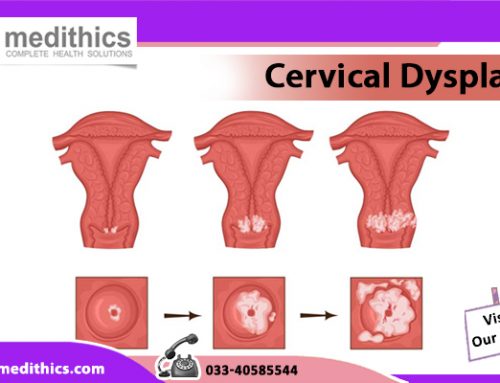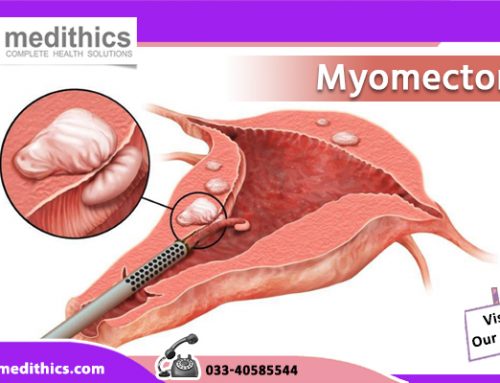Small growths in the body are known as polyps. The inner lining of the uterus in women is where uterine polyps grow. They are often called endometrial polyps. There can be one or more polyps in the body. There may or may not be symptoms of uterine polyps. The symptoms include:
- Heavy bleeding
- Postmenopausal bleeding
- Irregular bleeding or spotting
- Prolapse
The gynecologists in Kolkata normally monitor the patients to ensure that the polyps don’t grow larger. They can also remove the polyps if needed. If you have any symptoms including irregular bleeding, your doctor may perform a pelvic ultrasound. When the diagnosis of a uterine polyp is not possible with ultrasound alone, your doctor can look up inside the uterus with the help of a small camera or scope. This procedure is known as hysteroscopy. This proves helpful in the diagnosis of polyps.
Methods used for removing polyps
The following are some treatments used for the removal of uterine polyps:
Polypectomy:
The removal of a polyp is possible through this process. It takes place in a hospital. During the procedure, either local numbing or general anaesthesia can be used.
Hysterectomy:
The doctor removes the entire uterus in this process. Through the vagina, a vaginal hysterectomy is done. In the stomach area, the doctor makes an incision and removes the uterus in an abdominal hysterectomy. In a hospital, both these surgeries take place. In both surgeries, you will be fully unconscious under the effect of general anaesthesia.
Preparations
When you feel any symptoms of uterine polyps, you must consult your doctor about your gynecological problems and treatment. The doctor will properly examine you and suggest some diagnostic tests if needed. After that, you will be informed whether your uterine polyps need to be removed. Before uterine polyp removal, you should inform your doctor about any medicines that you are taking. You may need to stop the blood-thinning medicines before the procedure. Your doctor can ask you to go for some blood tests. The test results will help the doctor know whether you are healthy enough for the surgery. Some imaging tests can also take place. The surgery normally takes place after the menstrual bleeding has stopped and ovulation begins. Before and after the procedure, taking antibiotics is necessary. Painkillers will help you to get relief from any pain due to the surgery. For up to 12 hours before the surgery, you should not eat or drink anything except a few sips of water while taking the medicines prescribed by your doctor. Before the procedure, you should also empty your bowels.
The procedure
Your blood pressure will be checked after you arrive at the hospital on the day of the surgery. You will be administered general anaesthesia or local anaesthesia as per the requirement. You may be given a sedative to make you feel relaxed. The doctor will use air or saline solution to expand your uterus. The use of a scope helps the doctor during the procedure. The doctor uses forceps, surgical scissors, an electrical device or a laser to remove the polyps. In order to stop any bleeding, the doctor uses a chemical known as silver nitrate.





